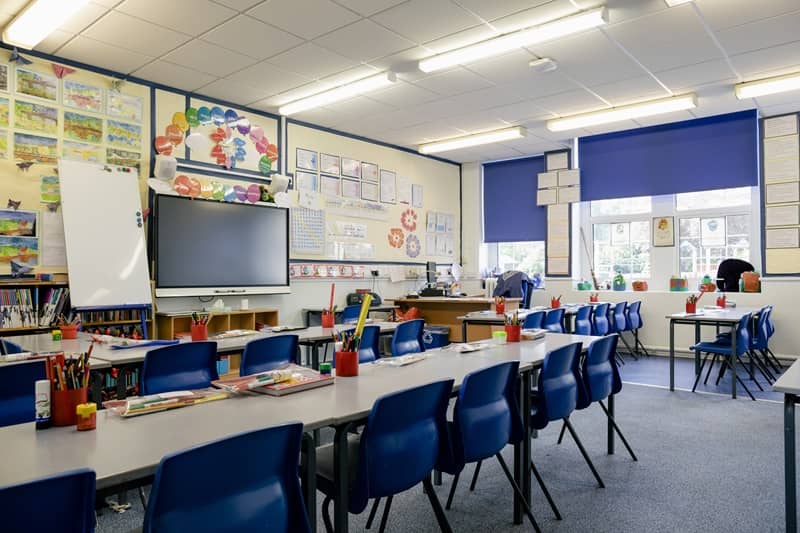Advocates on all sides of the public education spending-versus-results debate can cite various statistics to make their respective cases. Some argue that more money leads to better results. Others (myself included) cite studies that show spending more dollars per student―at least in the ways our public school system has spent them―makes little or no difference in educational outcomes.
Now, another fascinating fact has come to light. Oregonian education reporter Betsy Hammond recently wrote an article about what she found in an old 1957 U.S. Census document entitled “Finances of School Districts.”It turns out that Oregon spent more per pupil that year than any other state―a whopping $356, which was almost 40 percent more than the national median of $256. Of course, these were “current operating expenditures” and likely excluded items such as construction and debt service, which today raise total per pupil spending on the order of sixteen percent.
While Hammond didn’t inflation-adjust those numbers to what they would be today, it’s easy enough to do. Using the U.S. Bureau of Labor Consumer Price Index Calculator, Oregon’s $356 in per student spending in 1957 dollars is the equivalent of about $2,919 in today’s dollars.
So, what are we actually spending per pupil in Oregon today? The latest full data reported by the nation’s largest teachers union, the National Education Association, shows Oregon spent $11,391 per enrolled student in the 2009-10 school year. That’s nearly four times what we spent in 1957. And while it is about four percent below what was being spent nationally ($11,841), when you compare that difference to the fact that per capita income of Oregonians recently has been almost nine percent below the national average, you will see that Oregonians are actually funding our public schools at a higher level than the nation, compared to our ability to pay.
Even acknowledging that there are slightly different ways to count students (enrolled, average daily membership, fall enrollment, etc.) and different ways to tally spending (current or total), the order of magnitude between what we spent in 1957 and what we spent recently is so large that such differences pale in comparison.
Any way you look at the numbers, after adjusting for inflation, Oregon is spending several times what we spent per public school student in 1957. So, what are we getting for that increase?
State by state educational outcome comparisons are hard to come by for the 1950s, but more recently the national publication Education Week has rated all state school systems on a number of criteria. In 2010, 2011, and 2012, Oregon ranked 43rd overall, which gave us a C- report card score. On K-12 Student Achievement alone, we rated a D all three years. Unless Oregon rated an F on some similar scale in 1957, it is hard to see how spending nearly four times as much per student as we spent then is giving us any appreciable bang for our harder-to-come-by bucks.
So, rather than look for ways to spend in real terms, say, five times what we did in 1957, we should let families spend the dollars we do have on the public, private, religious, or home schools of their choice. School choice breaks up the monopoly control of teachers unions and the educational establishment. Unleashing consumer power gets more bang for the buck in other areas of the economy; it’s time to put it to work in education.











